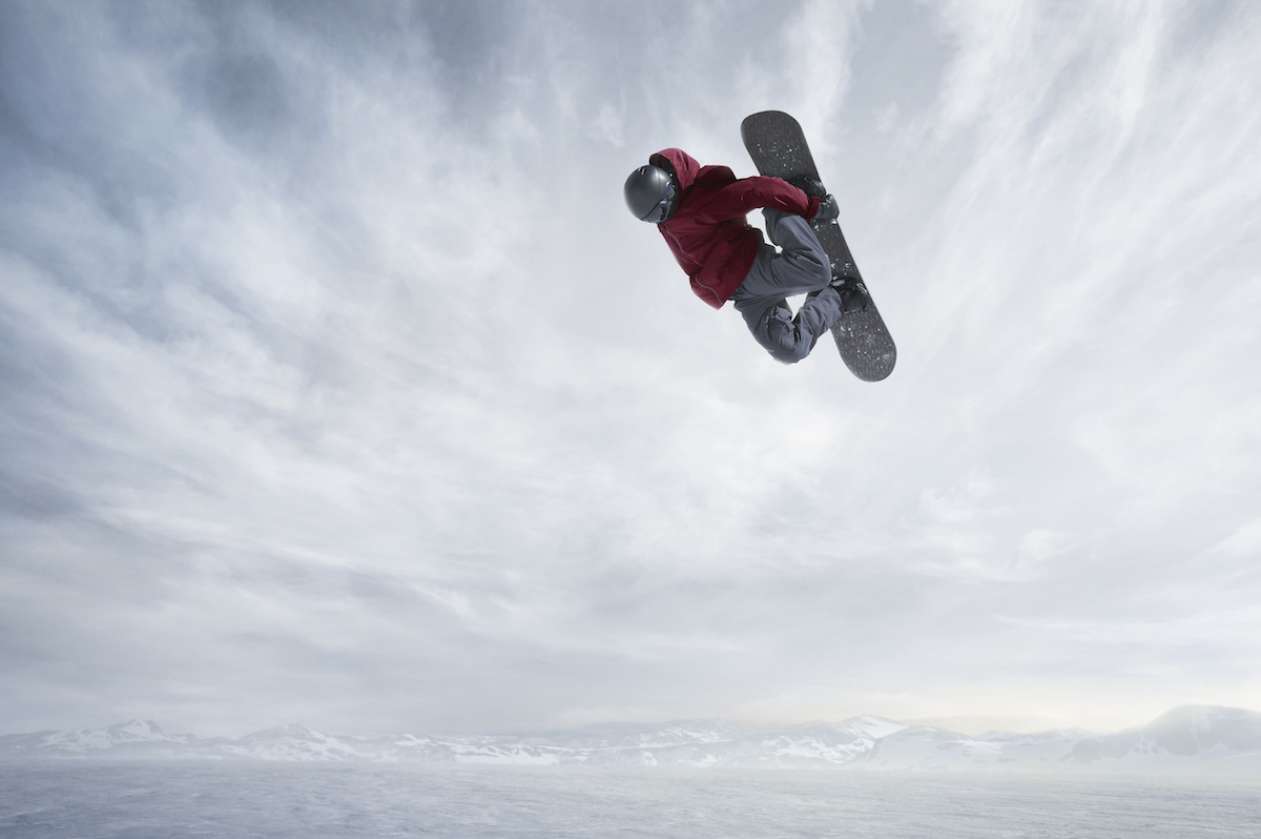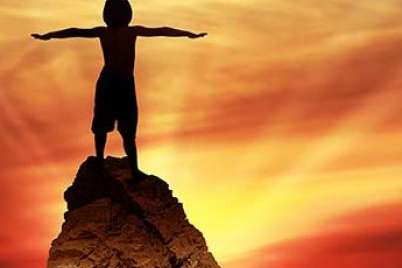
Experience Olympic snowboarding with your kids
Find basic information about snowboarding and about the Canadian athletes who are in Sochi competing for medals. Look to the right for links to interviews and for information on how your kids can get into snowboarding themselves, including how they can snowboard at home.
Long gone are the days of outlaw snowboarders wreaking havoc on the quaint ski hills across the country. Snowboarding has grown up and become sophisticated. These days anyone 3 years old and older can try this fun sport using equipment appropriate for their size, gender, and skill level.
As the sport has matured, so has its athletes. Snowboarders like Mark McMorris, pictured above, train hard – if not harder – than any other athletes in any other sports. Competition is fierce and the difference between first and second place really depends on who trained best.
Of all the types of snowboarders, Slopestyle snowboarders put on the most daring displays as they flip upside down, 3 times in a row, 50 feet in the air, over a 60 foot distance. They are the Cirque du Soleil performers of snowboard and they remind us of snowboarding’s wild roots.
Here’s how snowboard slopestyle started
In the late 1970s, Jake Burton and Tom Sims added bindings to a Snurfer (see story below) and snowboarding was born. By the mid 1980s, ski areas started allowing winter-surfer-dudes onto their chairlifts and the sport quickly became popular. Competitions were established in Europe and all over North America. Speed addicts raced downhill against the clock (like their ski racing cousins) while snowboard acrobats were judged in the halfpipe (like their skateboard cousins).
Those that liked both speed and style combined them into one competition called “slopestyle”. The objective? To speed down a slope as fast as possible while using special course obstacles to add stylish jumps and tricks.
How cool is this?
- Snowboarding was first invented and sold as a child’s toy in the United States in 1965. It was called a Snurfer. It was extremely narrow and the rider would hold on to a string that was tied to the nose of the board.
- It is estimated that there are 2.5 million skiers and snowboarders in Canada.
Here’s how to watch the slopestyle events
- Men and women go down the same course.
- Runs are the length of an average chairlift ride.
- Each run has six features – jumps, table tops, step downs, hips, rails, and boxes – which get progressively bigger as the rider gets close to the finish line. That means the biggest and best jumps happen at the bottom of the course.
- The three top scores from five judges are added up for the rider’s score.
- Judges consider the difficulty of tricks, the quality of execution, the amplitude of manouevres, the number of clean landings, and, of course, good style!
- The competition starts with 30 athletes. The best 22 scores advance to next round and the top 8 advance to the finals. Only the top 3 get to stand on the podium. Will a Canadian man or woman win a medal in Sochi? Chances are pretty good.
Learn about the halfpipe, slalom, and snowboard cross events.
Here are the types of snowboard events at the Olympic Winter Games
Men and women snowboarders will compete in:
- Slopestyle (there’s also skiing slopestyle)
- Halfpipe (there’s also halfpipe skiing)
- Snowboardcross (there’s also skicross)
- Parallel giant slalom
- Parallel slalom
Cheer for Canada’s snowboard athletes
- List of Canadian athletes competing
- Follow Canada’s snowboard team on Twitter and Facebook
- Watch on CBC-TV: broadcast schedule
Event schedule
- February 6, 1:00 a.m. EST: Mens slopestyle qualification
- February 6, 5:00 a.m. EST: Womens slopestyle qualification
- February 8, 12:30 a.m. EST: Mens slopestyle semifinals
- February 8, 3:45 a.m. EST: Mens slopestyle finals
- February 9, 1:30 a.m. EST: Womens slopestyle semifinals
- February 9, 4:15 a.m. EST: Womens slopestyle finals
Image of Mark McMorris © Canadian Olympic Committee
More Olympic snowboarding at
Active for Life
Watch a cool video
Mark McMorris shows some tricks and talks about his journey to Sochi.





